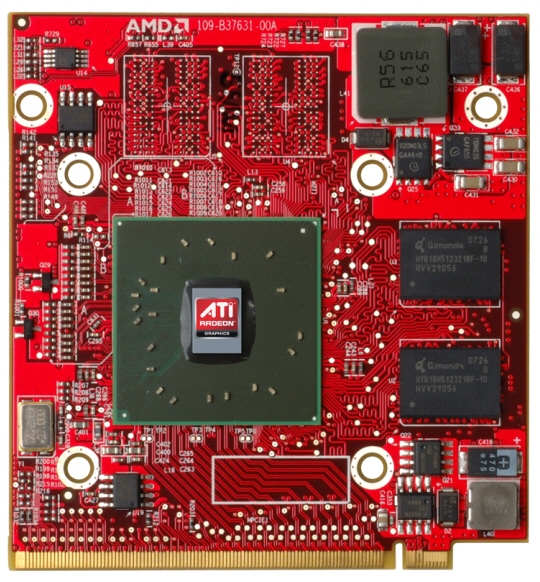
- #Amd radeon hd 6300m series text Pc
- #Amd radeon hd 6300m series text series
- #Amd radeon hd 6300m series text simulator
Furthermore, HDCP 2.2 is also supported in all chips, which allows Netflix 4K videos, for instance. The features of the UHD 630 are the same as for the HD 630 and therefore H.265/HEVC Main10 profile at 10-bit color depth are supported in hardware.
#Amd radeon hd 6300m series text simulator
However, it should be fairly similar to the HD Graphics 530 and HD Graphics 630 and therefore only suited for low demanding games like Overwatch or Farming Simulator 2017 (low details). The exact performance of the UHD Graphics 630 depends on various factors like TDP, 元 Cache, memory (DDR3/DDR4) and maximum clock rate of the specific model. Compared to the older HD Graphics 630 (Kaby-Lake), the newer UHD GPU is identical but can be clocked slightly higher. Due to its lack of dedicated graphics memory or eDRAM cache, the UHD 630 has to access the main memory (2x 64-bit DDR3L-1600 / DDR4-2133). The "GT2" version of the GPU offers 24 Execution Units (EUs) and the clocks depend on the CPU model. The Intel UHD Graphics 630 (GT2) is an integrated graphics card, which can be found in various desktop and notebook processors of the Coffee-Lake generation.
#Amd radeon hd 6300m series text series
Nvidia g7300 - NVIDIA GeForce 7300 LE 3.63ĪTI x300 - ATI Radeon X300/X550/X1050 Series 2.27Īti x550 - Diamond Radeon X1550 Series 4.Intel UHD Graphics 630 ► remove from comparison Should I use one of the four cards I have or can I get better performance for my needs by purchasing something else (recommendations). How do the four cards compare to the original? I cant obviously test the bad card and the scores given on this page (55 and 1.72) don't seem to have anything to do with the PT test I ran on the other cards. Which specs are most important to me, memory size (only need 1024x76), memory speed, clock speed, memory technology? Since I am not playing 3D games I assume that 2D performance is more important to me, but why wouldn't a faster card be faster on all? Why do the reported memory sizes differ (ie I "knew" my card to be 256MB but PT web page says 128MB max, AMD Card is marked at 512 on board, but PT reports 1024MB)?īased on my test (below) the NEW Nvidia 7300 was faster on 2D test than the Radeon HD 6300M, but much worse on the 3D tests. Is my assumption about the browsing bottleneck being the GPU correct? Diamond Radeon X1550, PT reports 512MB DDR2, Clock 547 MHZ, Memory clock 270MHZĪccording to the online PT results my old card specs were Max Memory Size: 128MB Core Clock 350 MHz, Memory clock 666 MHz. ATI Radeon X300, PT reports 128MB DDR SGRAM / SD RAM, Clock 324MHZ, memory clock 196MHZĤ. Has a box checked off on the board that says 512MB but PT says 1024MB, HyperMemory, Core clock 650MHZ, Memory clock 400MHZģ. A different looking then blown card Nvidia GEforce 7300 LE, which I thought only had 128MB but PT says 512MB (128MB dedicated), DDR2,Ĭore clock 450MHZ, Memory data rate 1296 MHZĢ.

The four cards I have laying around are (PerformanceTest results at bottom of post):ġ.
#Amd radeon hd 6300m series text Pc
Since my internet speed is 250mbs and the PC has a 1000mbs NIC, 4GB RAM, SSD hard drive, I assume it is the GPU which is choking on these pages.

My only complaint with the previous setup was that web pages with a lot of embedded videos or ads would take a long to time to render. I'm also not opposed to buying a new card if these cards are worse then the one that I previously had. I have several old PCI-E cards laying around and was trying to determine which would be the best card to use. The graphics card just blew up (Nvidia GEforce 7300 LE 256MB) and I need to replace it. I have a really old WinXP box which is used for office work (word processing, Quicken, Web browsing, no gaming).


 0 kommentar(er)
0 kommentar(er)
